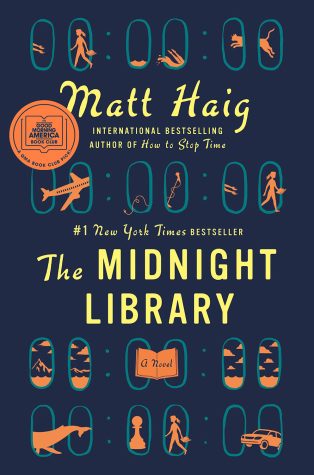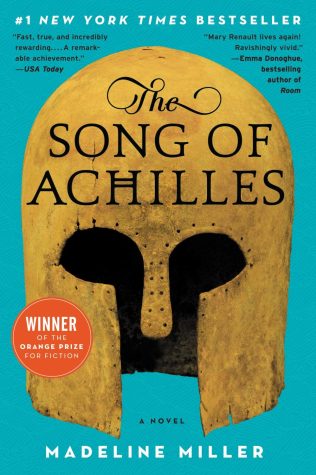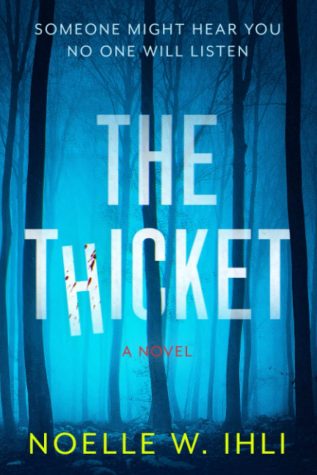Book review: ‘Frankenstein’ more than a spooky novel
Shelley presents themes still relevant 200 years later
October 28, 2021
I am a lover of classic novels and since Halloween is quickly approaching, there is no better time to review Mary Shelley’s “Frankenstein.”
Many of you are aware of Frankenstein’s monster — from either film adaptations or costume inspiration — but have you ever read the novel that created the famous monster? If not, you are missing out.
The novel follows Victor Frankenstein, a young scientist who is dedicated to the study of natural philosophy. After his mother dies of scarlet fever, he becomes a hermit and buries himself in scientific experiments to cope with the grief.
One night, in the pursuit of knowledge, Frankenstein brings a creature with monstrous features to life, with its watery white eyes and yellow skin that fails to hide the muscles and blood vessels underneath.
Due to his horror, Frankenstein rejects his creation, leaving the Monster to freely roam the world. Months later, though, Frankenstein and his monster cross paths again after the murder of Frankenstein’s brother, which he believes has been committed by the Monster.
The most hard-hitting aspect of the novel is viewing the world from the Monster’s perspective. It provides insight to what it feels like to be rejected by society for being hideously ugly and created from an unnatural manner.
The isolation and lack of affection from society influences the Monster to think negatively about himself, prompting him to commit out-of-character actions — something all of us have experienced at some point in our lives.
“When I viewed myself in a transparent pool … I was filled with the bitterest sensations of despondence and mortification,” the Monster said. “My protectors had departed and had broken the only link that held me to the world. For the first time, the feeling of revenge and hatred filled my bosom.”
Despite its publication in 1818, the topics covered in the novel are still relevant today. For example, the story suggests that social alienation may be the primary cause of evil and punishment and that it may be linked to self-hatred and self-destruction.
Shelley also touches upon other relevant themes within the novel, including the impact of the pursuit of knowledge, secrecy and ambition. But, in all honesty, the real reason to read this novel is to support the works of female writers in the 1800s.
In that century and before, it was taboo for females to be writers, hence why so many concealed their identity by publishing under male pseudonyms, such as the Brontë sisters, Louisa May Alcott and Amantine Lucile Aurore Dupin.
For this work, Shelley published the novel anonymously for the first 20 years. When her identity was unexpectedly leaked, she faced massive criticism solely because she was a woman.
Shelly and other female writers deserved appraisal for their work instead of criticism. Thus, in a time where equality and women’s rights are finally recognized, our society must show our support to those who did not receive such luxuries.
If you have time between the Halloween parties this week, read this novel. There is no better time to read it, considering the novel touches on themes relevant to college students — and it fits in perfectly with the season of Halloween!
Even if you do not particularly like the science fiction genre, I still encourage you to read it to support the female writers who faced discrimination for doing what they loved.




















